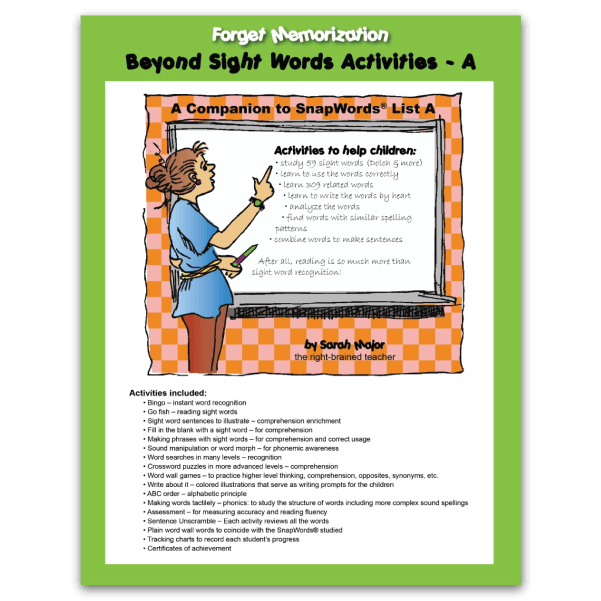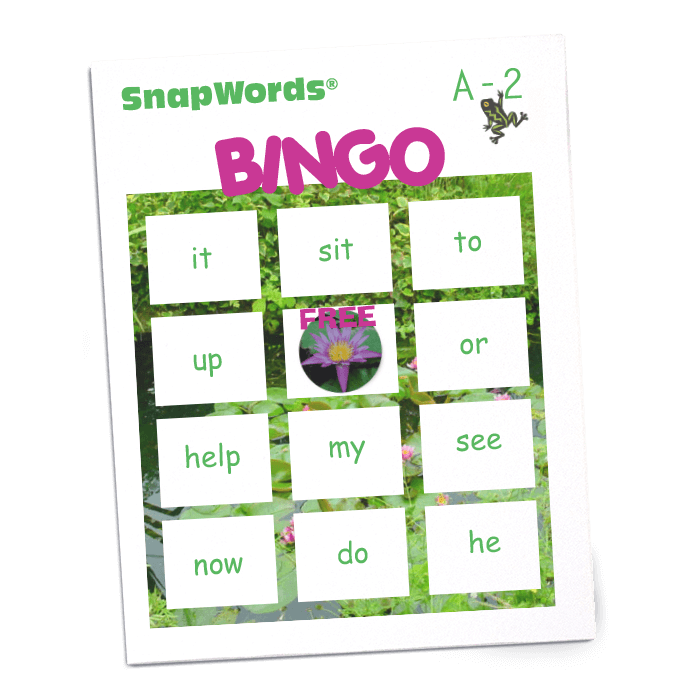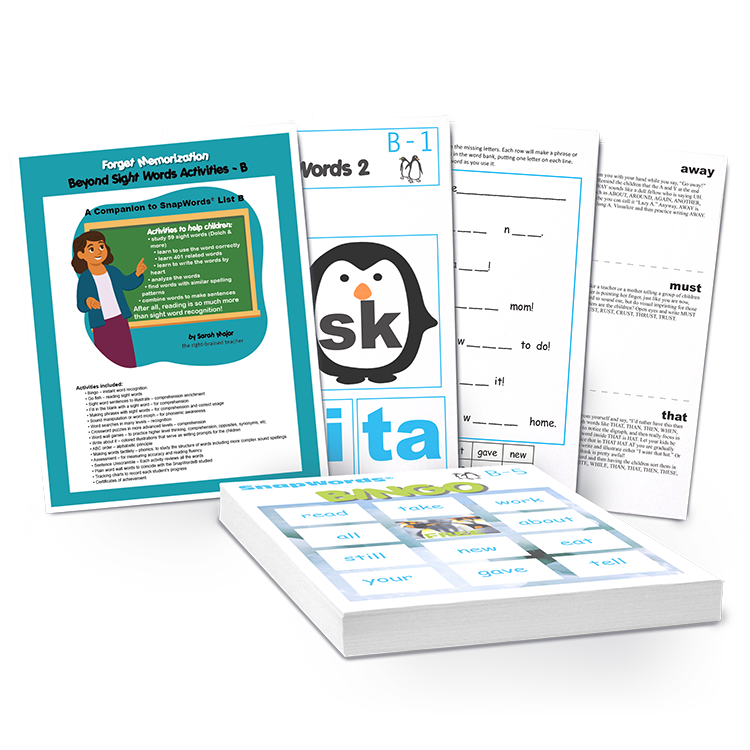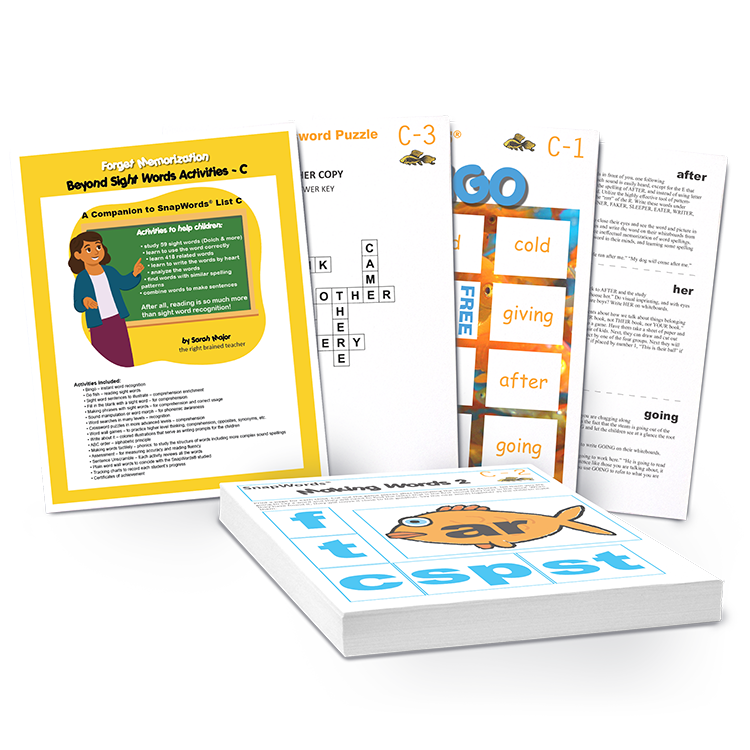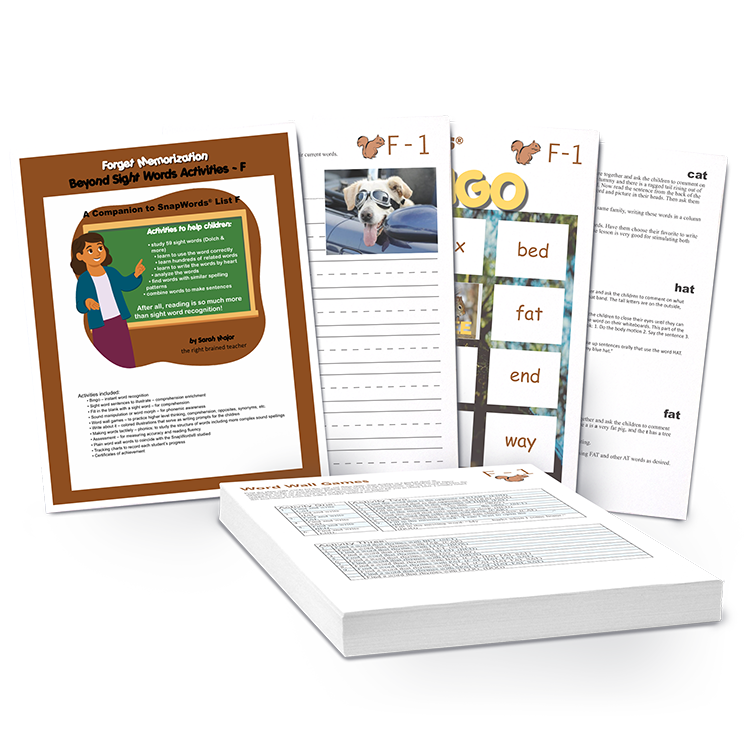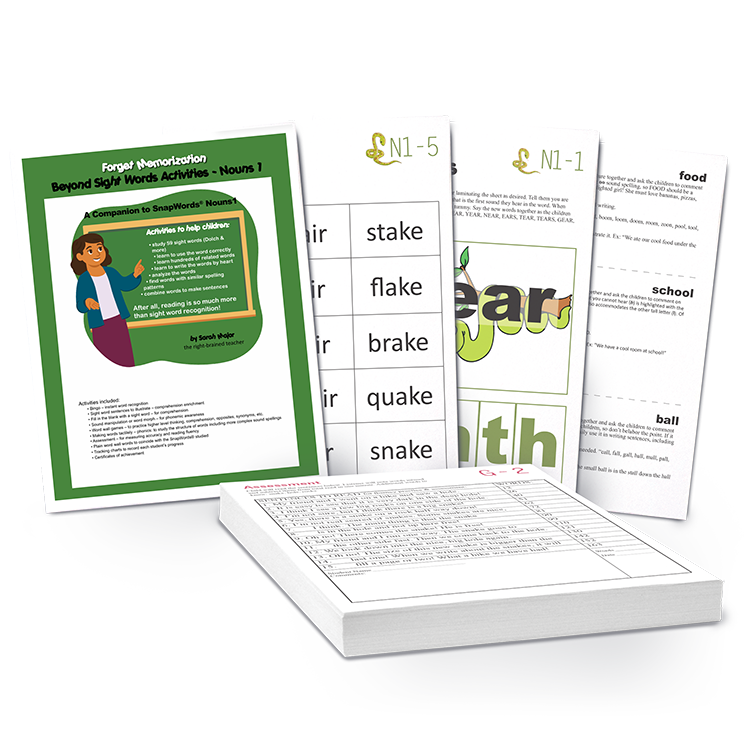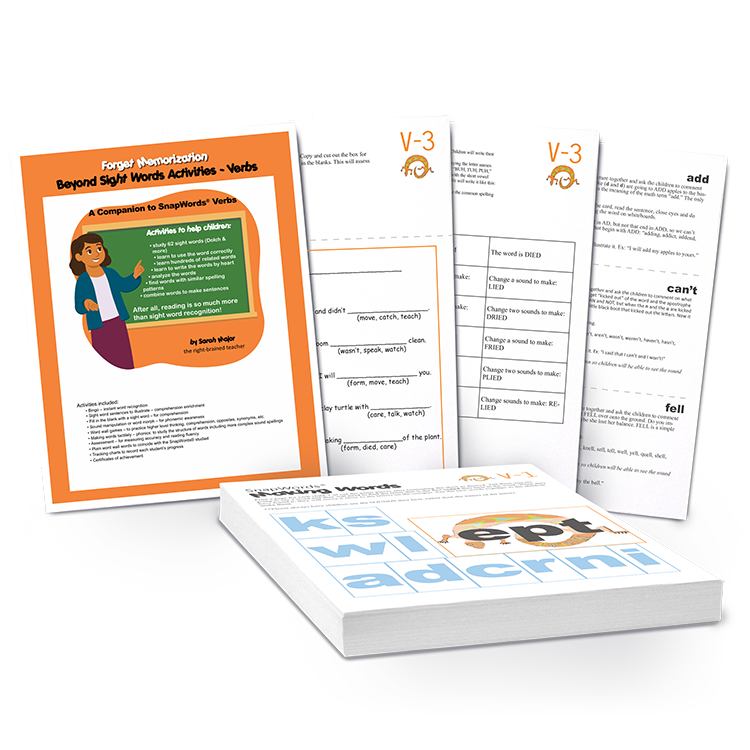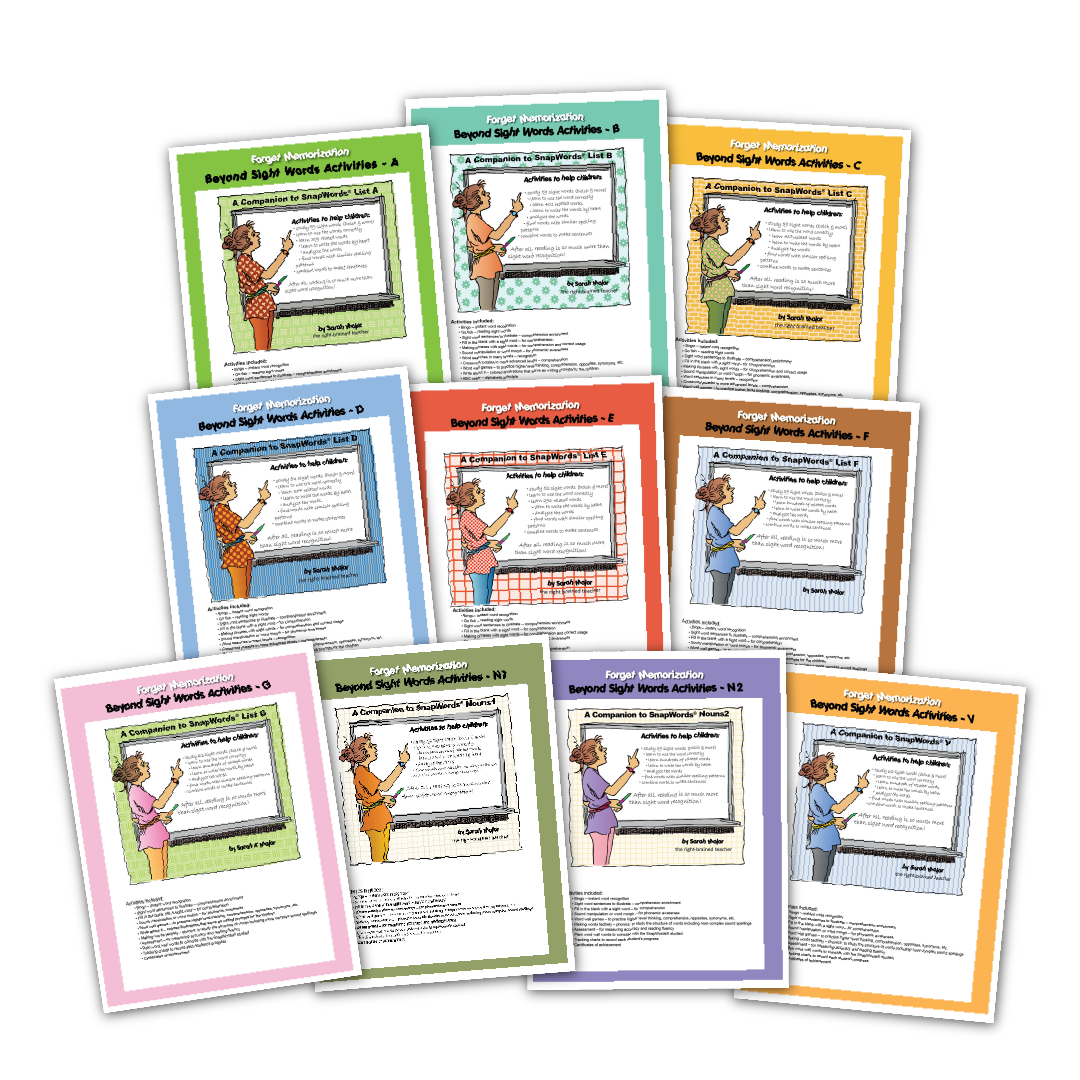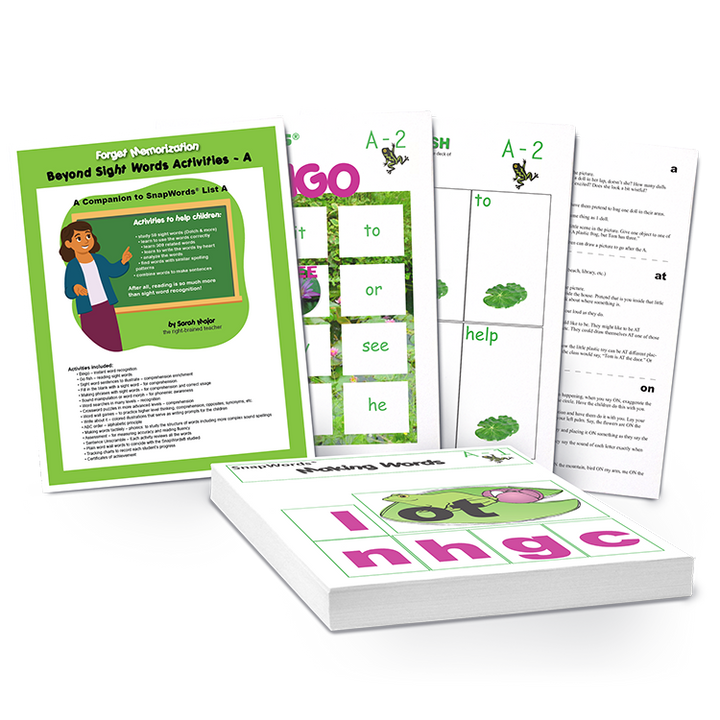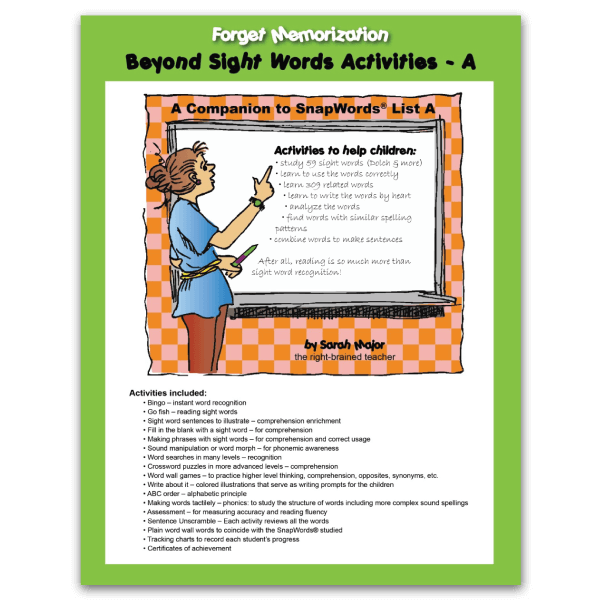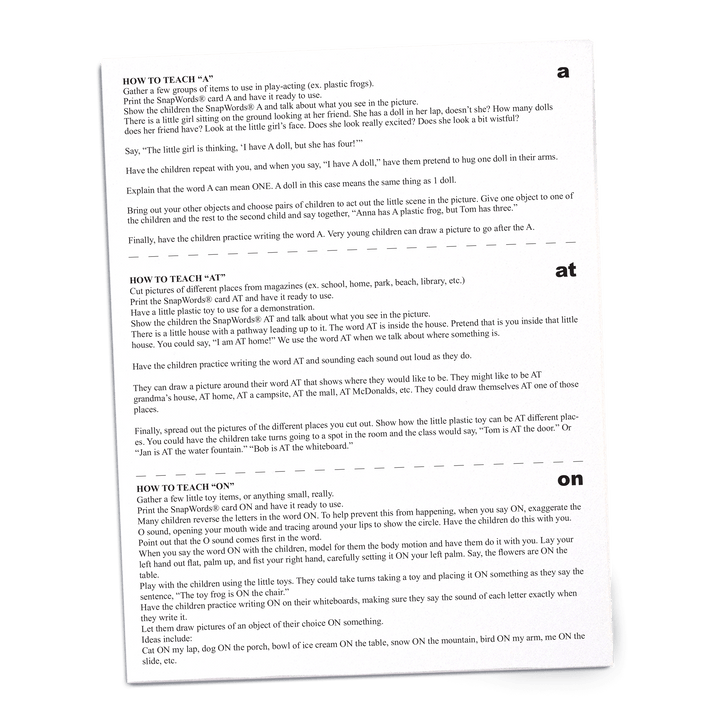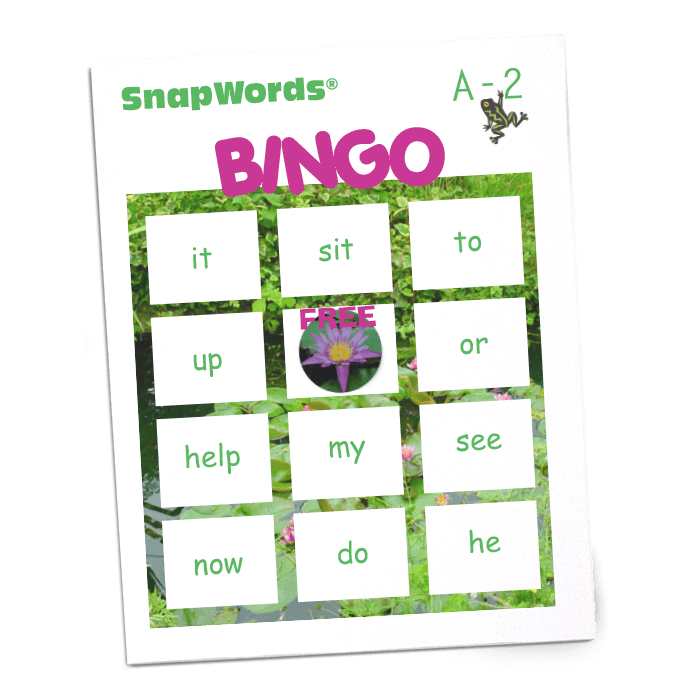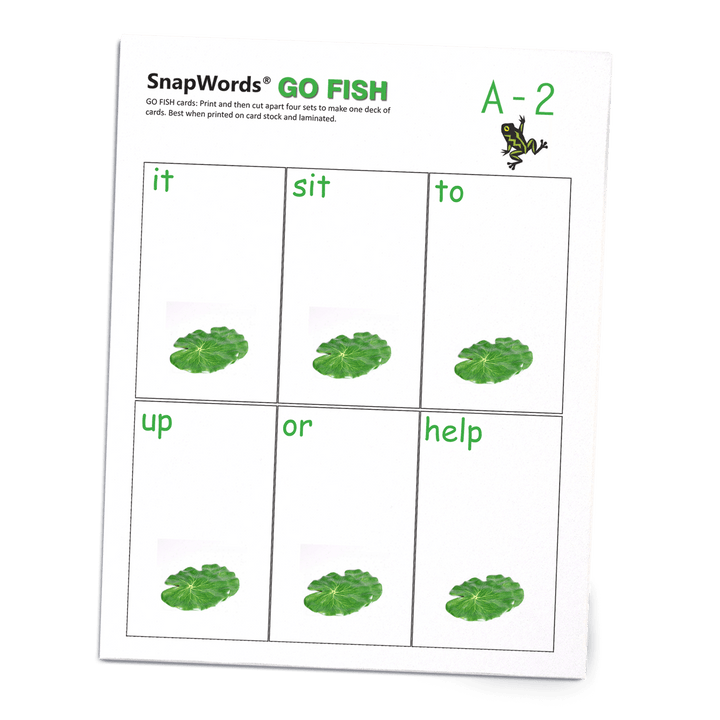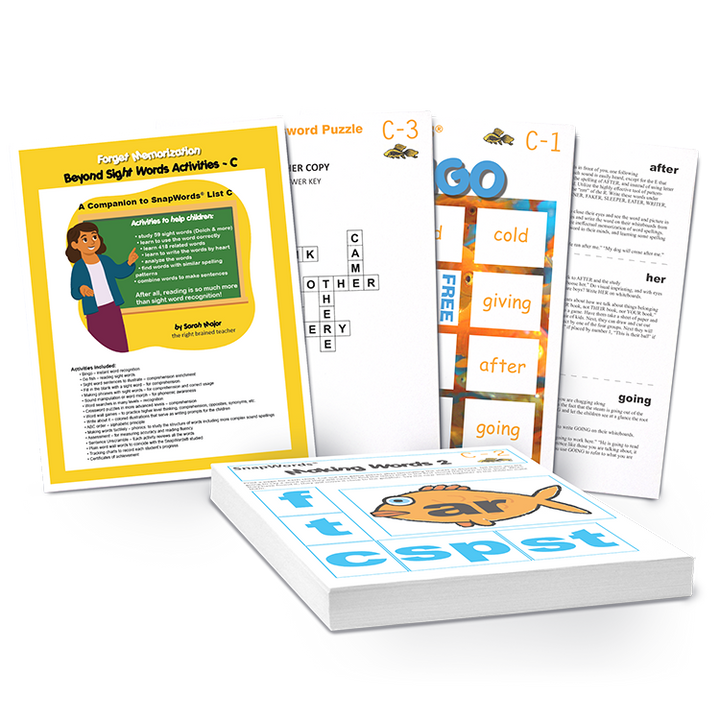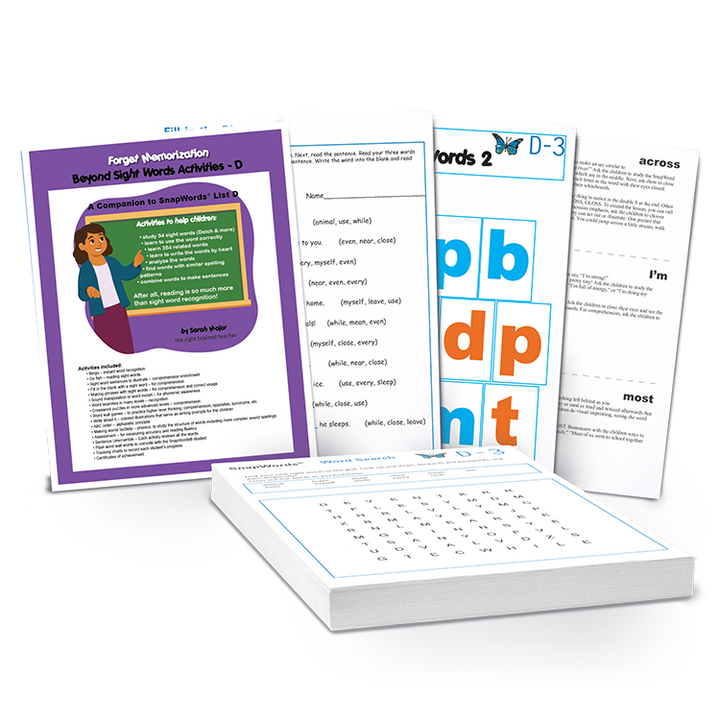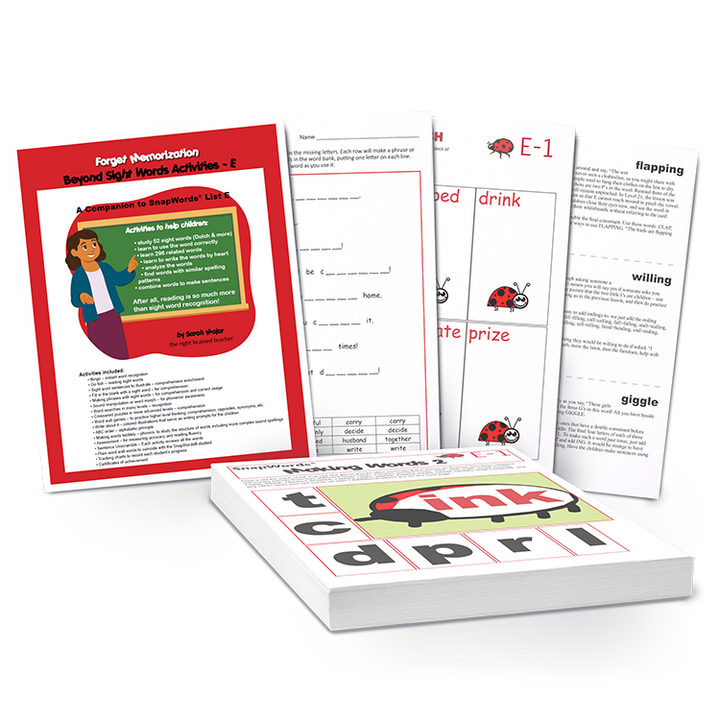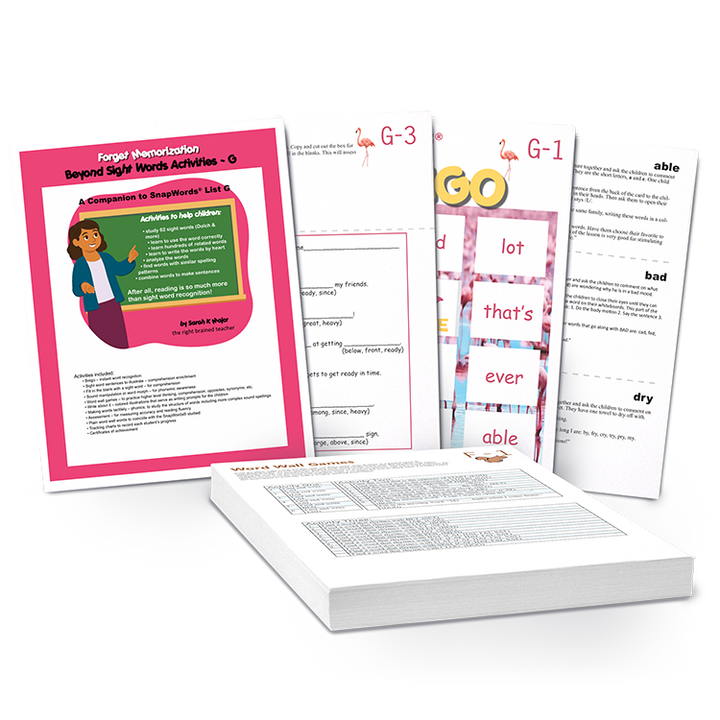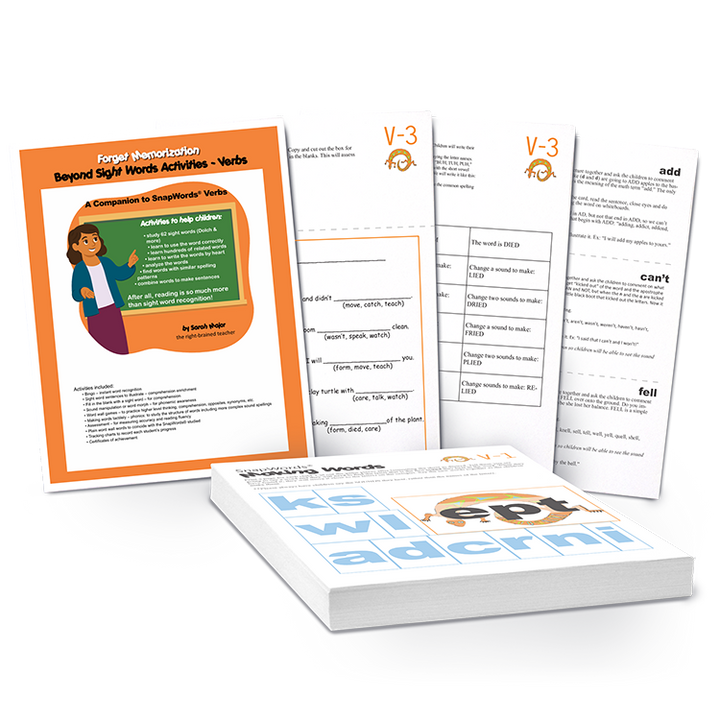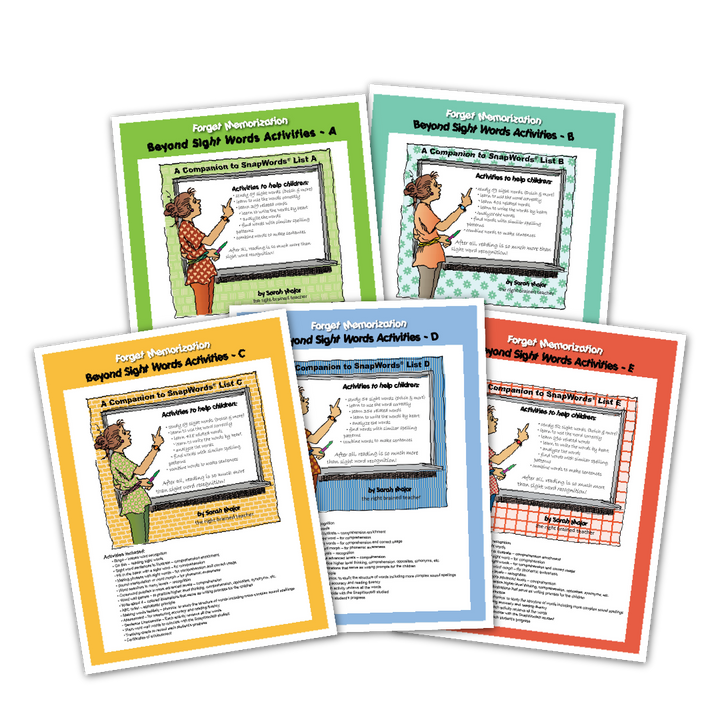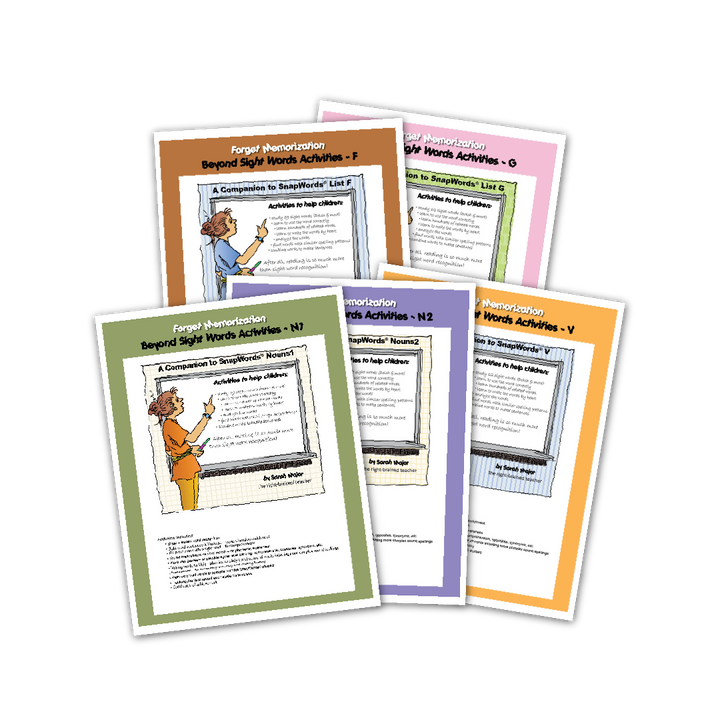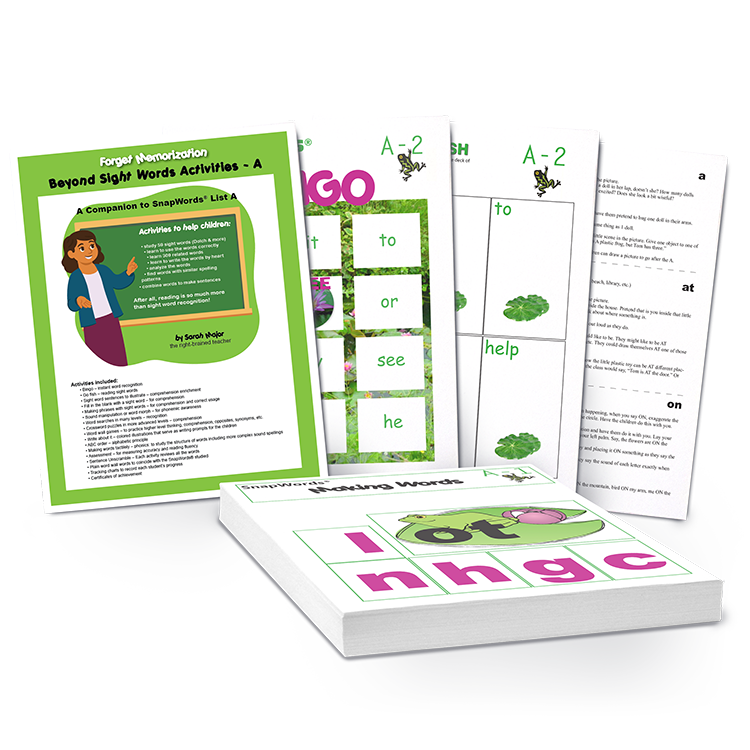Engage in holistic language development! Beyond Sight Words Activities strategically target key facets of effective reading instruction, fostering a comprehensive language journey for learners. From enhancing vocabulary and word recognition to promoting comprehension, spelling, writing, phonics, phonemic awareness, the alphabetic principle, and reading fluency, these activities cover essential components. Designed to seamlessly integrate with SnapWords®, they offer a diverse range of exercises to cater to various aspects of language mastery. Whether reinforcing foundational skills or advancing to more complex concepts, these activities provide a robust framework for effective reading instruction. Explore the 10 units corresponding to SnapWords® Lists A-V (excluding Numbers & Colors) for a holistic language experience.
Beyond Sight Words Activities are only available in download format.
- Download - printable PDF file




